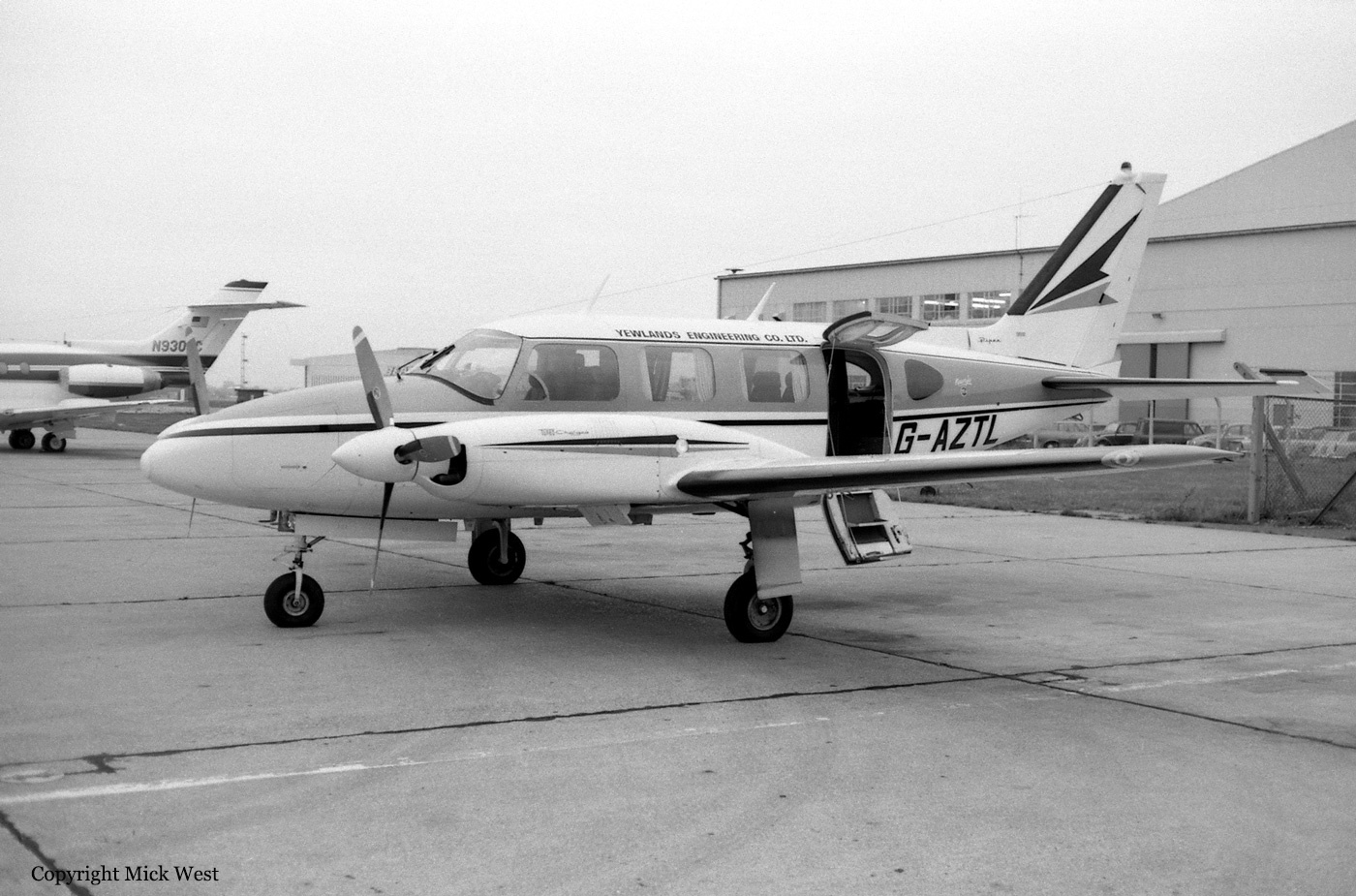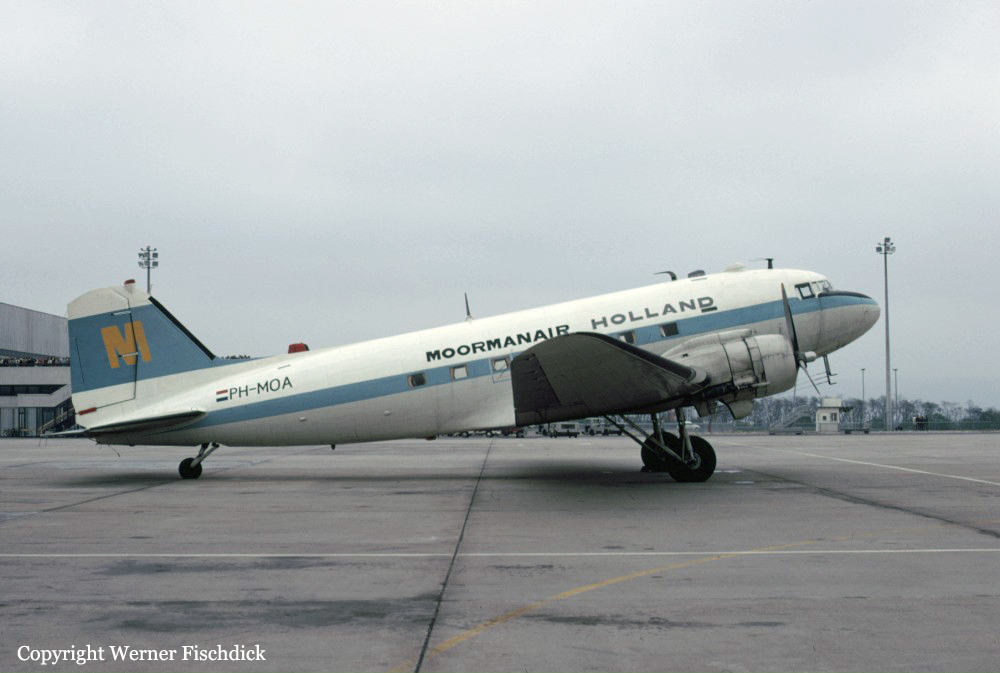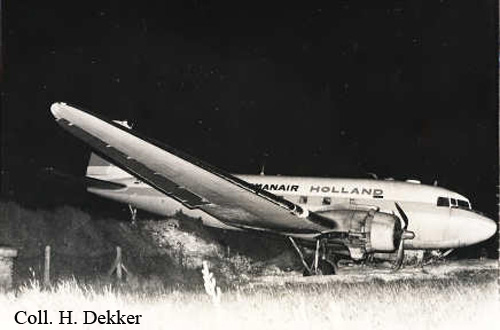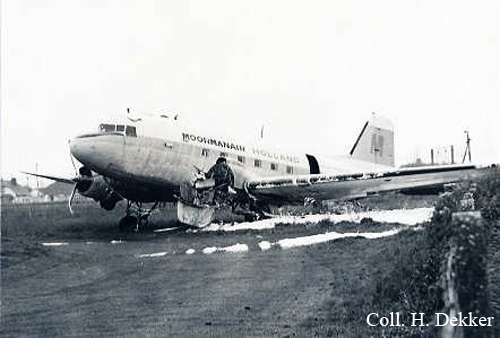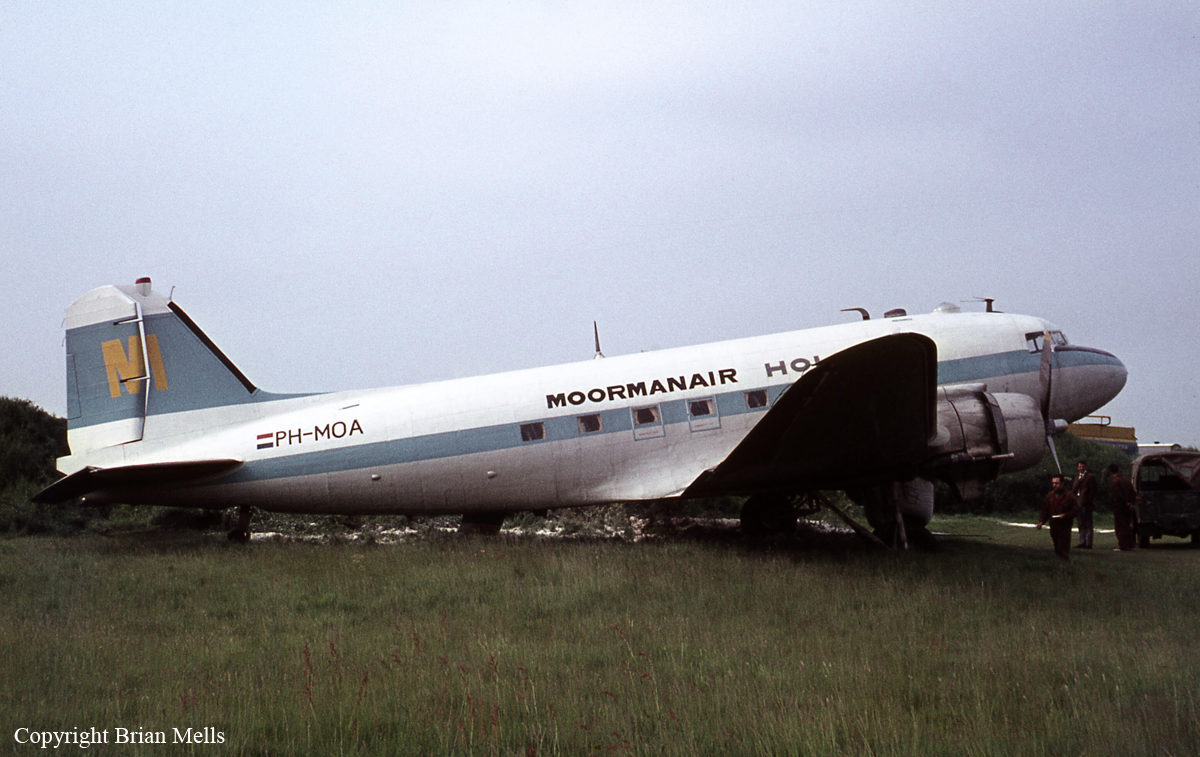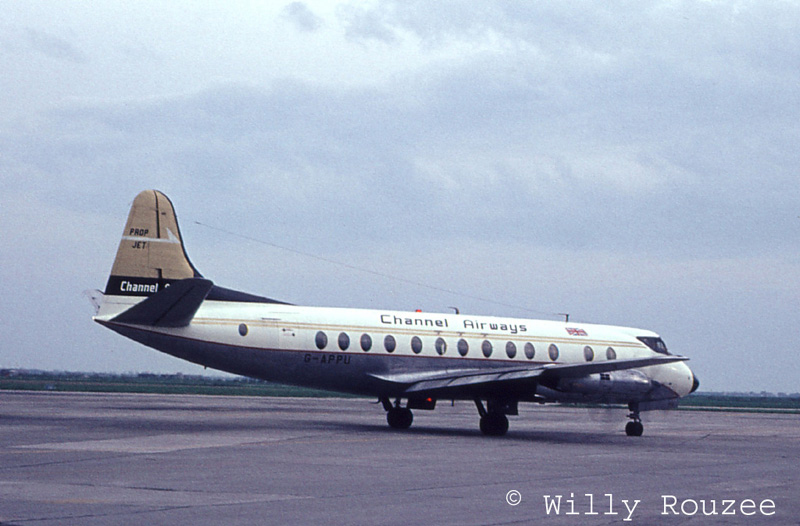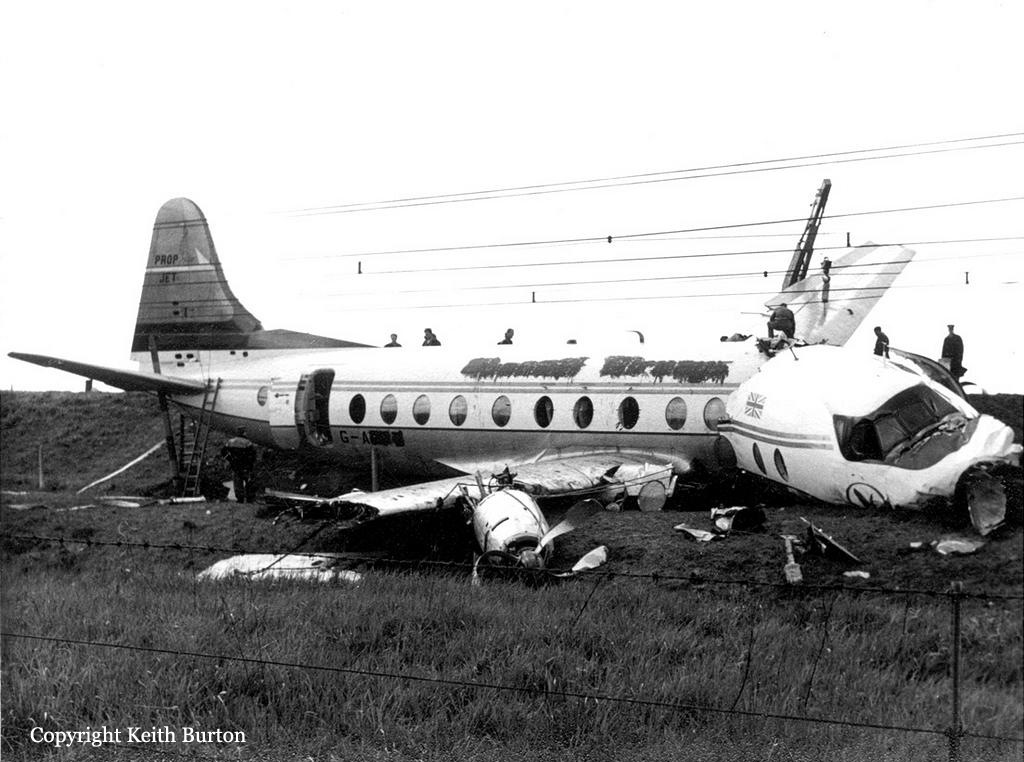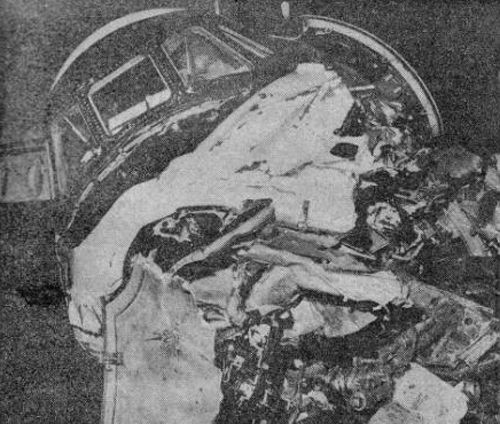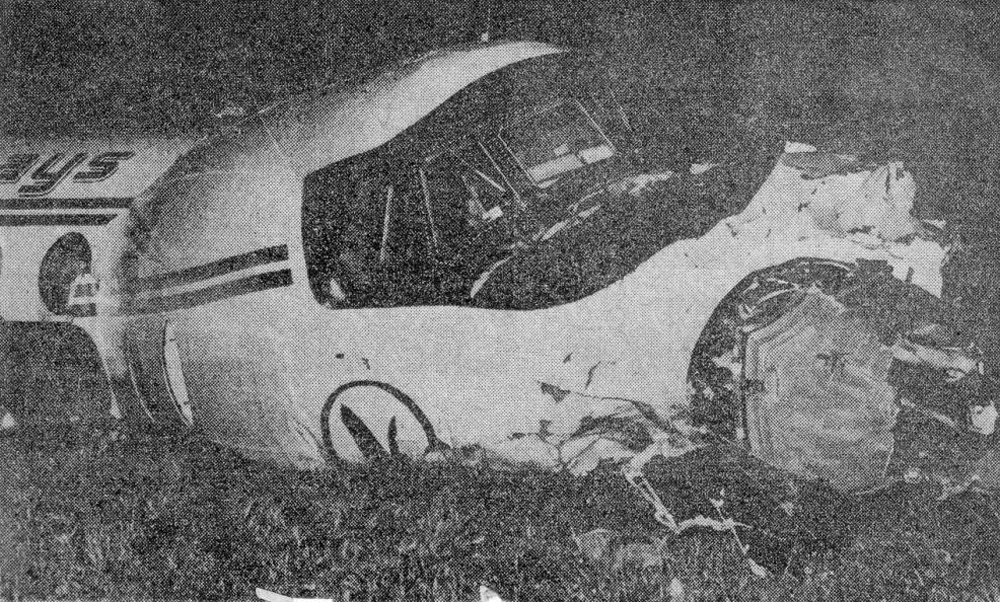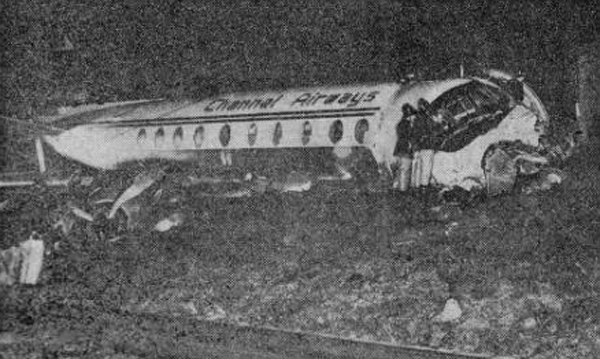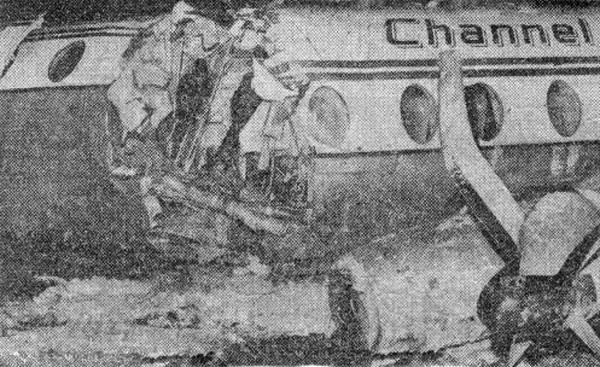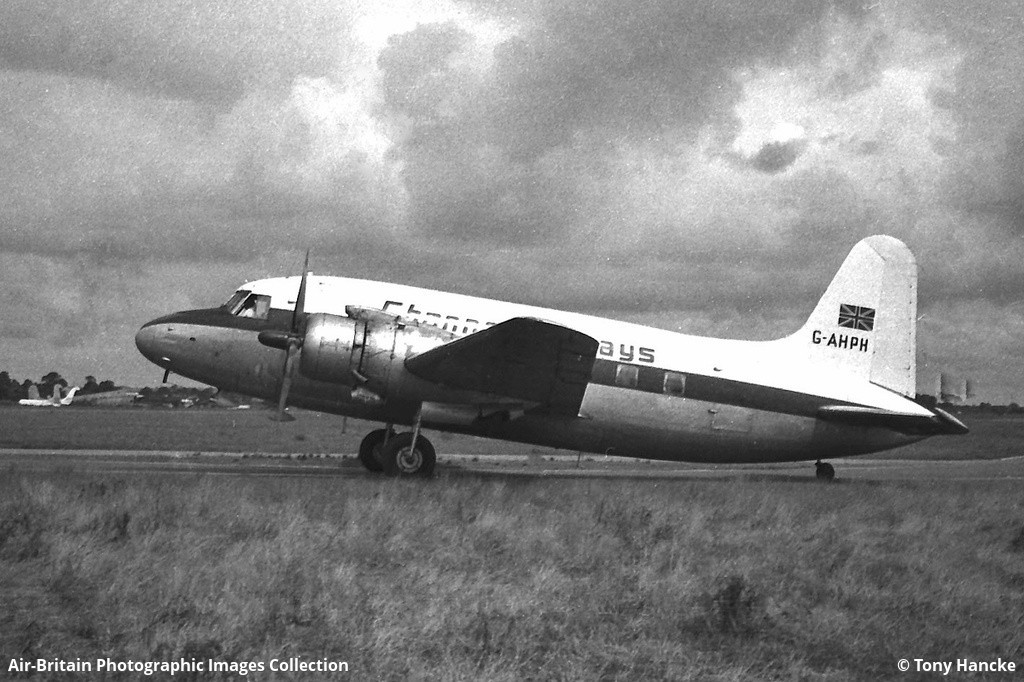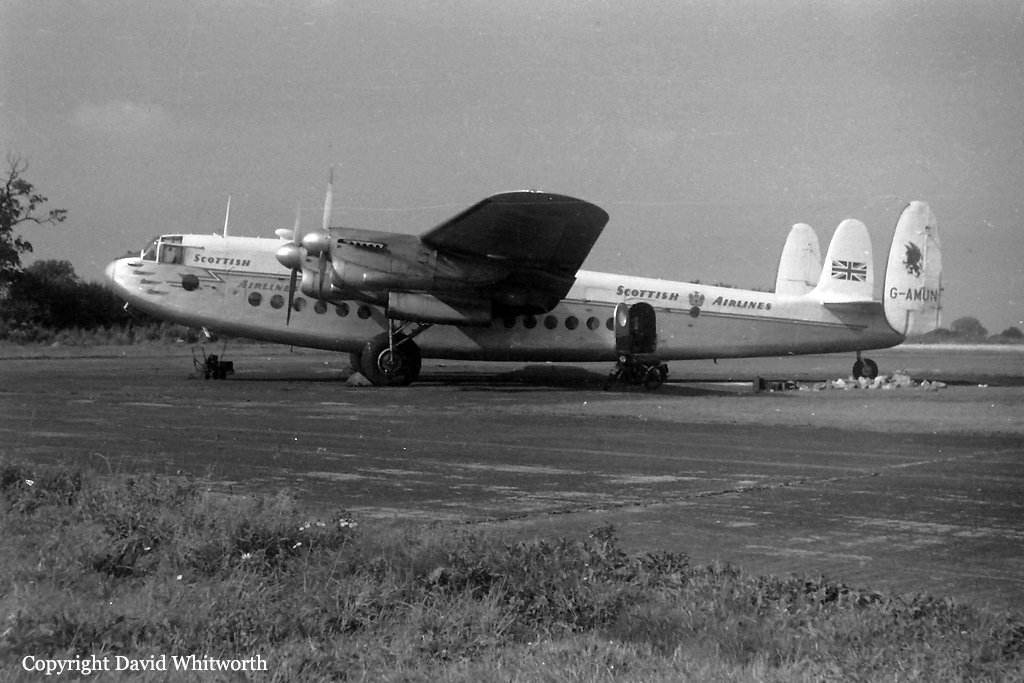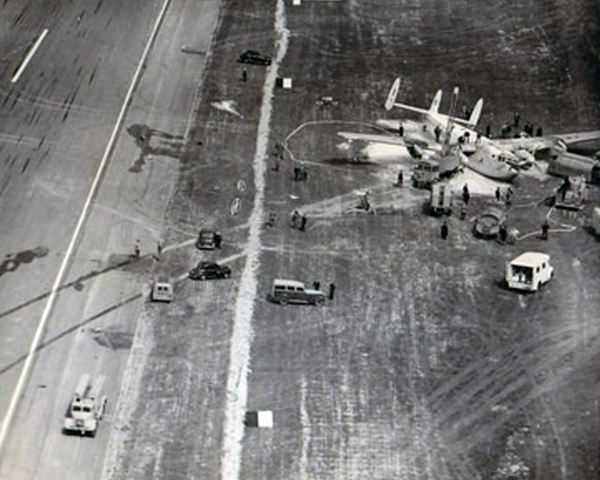Crash of a Piper PA-31-300 Navajo in Stapleford
Date & Time:
Jan 3, 1973
Registration:
G-AZTL
Survivors:
Yes
MSN:
31-589
YOM:
1969
Crew on board:
1
Crew fatalities:
Pax on board:
1
Pax fatalities:
Other fatalities:
Total fatalities:
0
Circumstances:
On final approach to Stapleford Airfield in poor weather conditions, the pilot failed to realize his altitude was insufficient when the airplane struck trees located 2,400 meters short of runway threshold. The aircraft stalled and crashed in a field, injuring both occupants.
